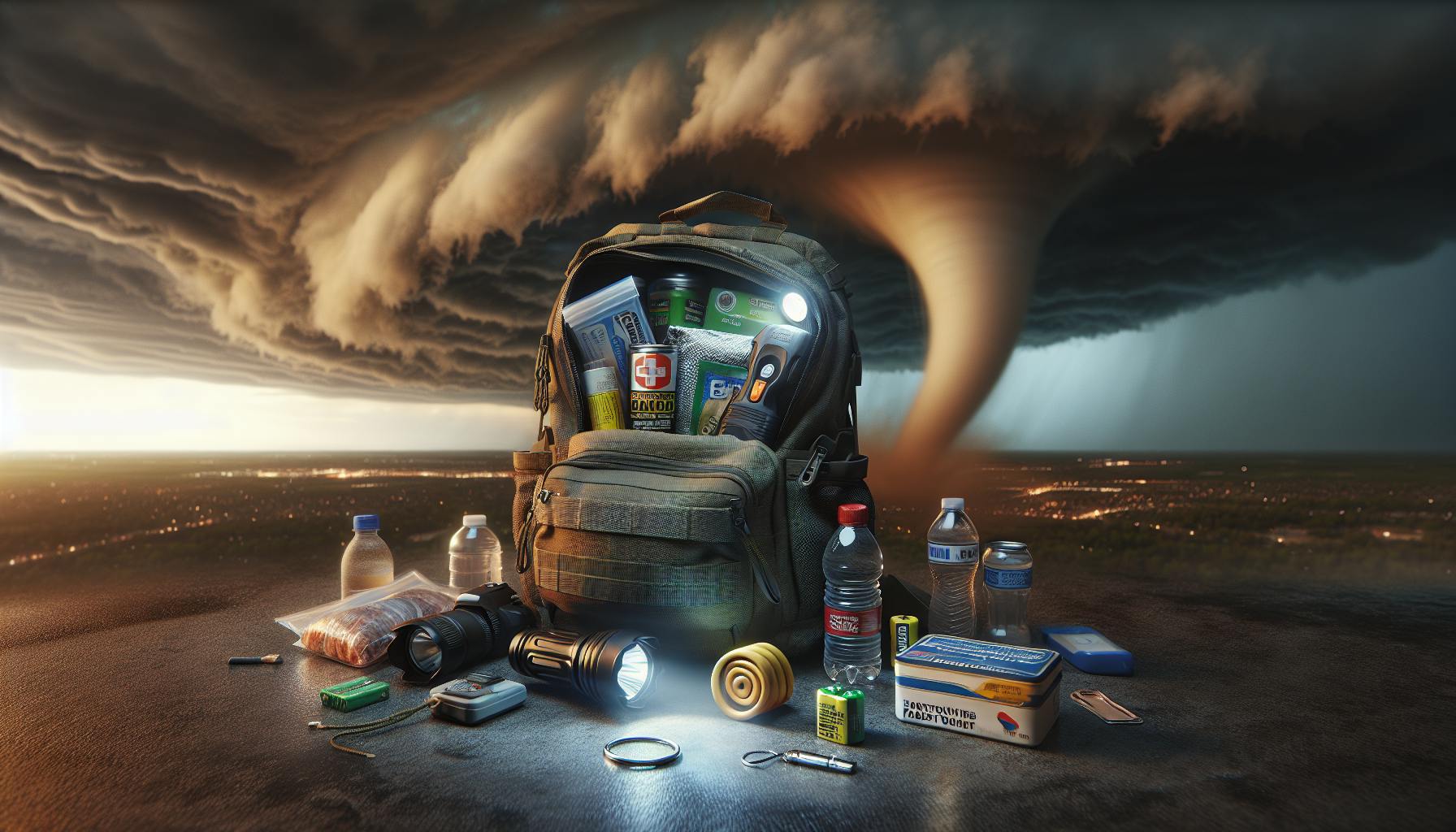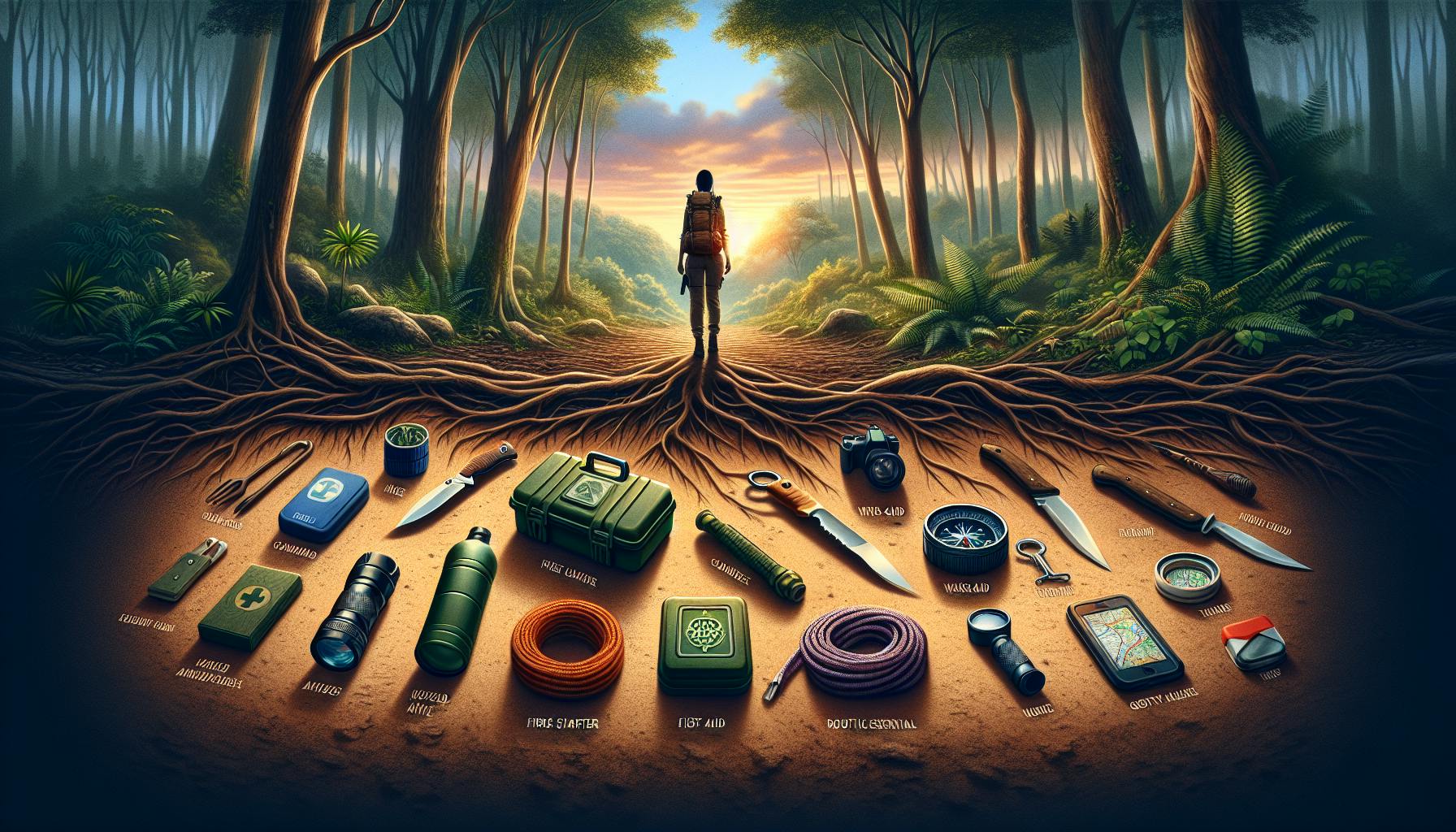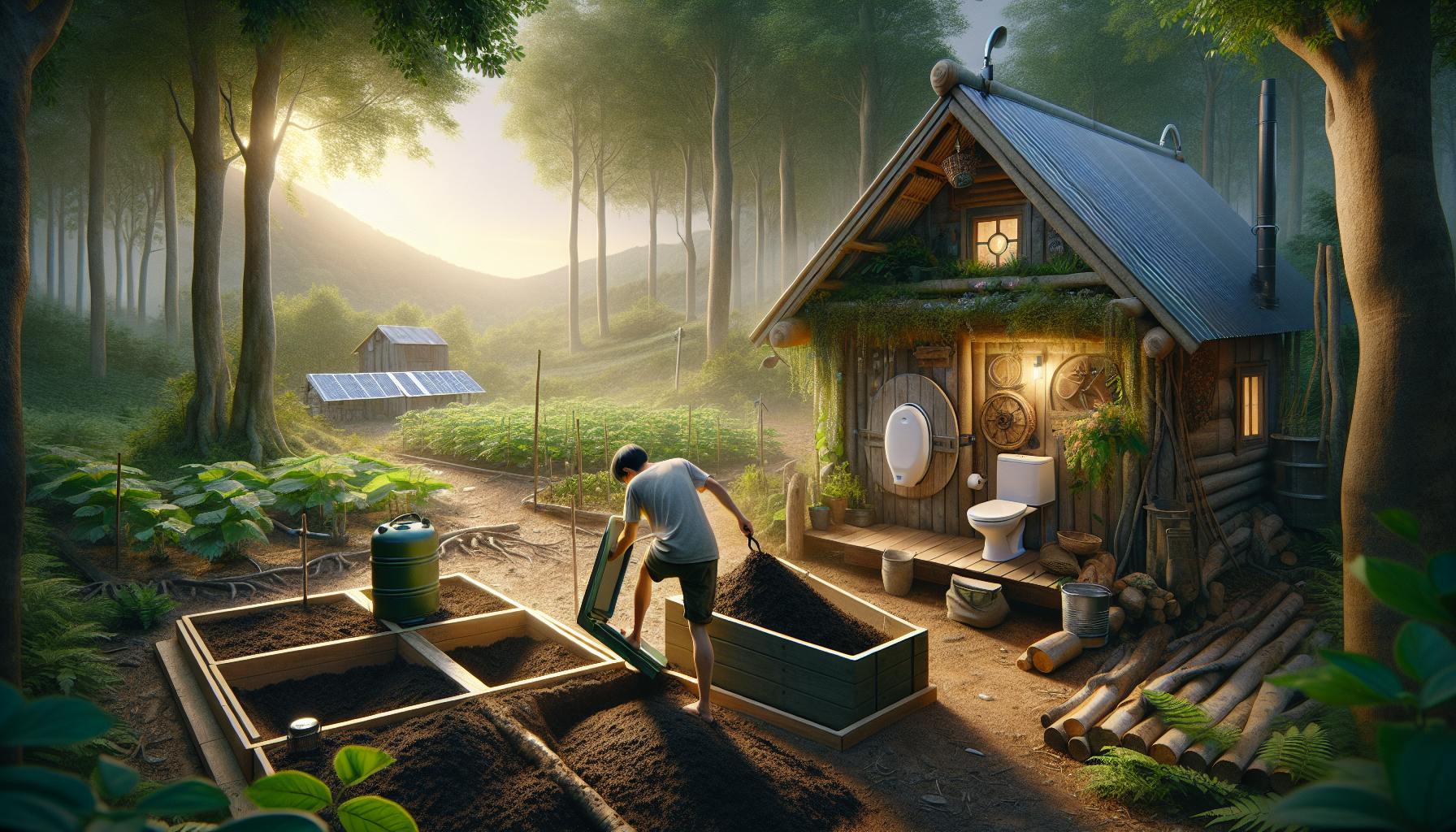Introduction
Having a well-stocked food pantry is absolutely essential for any prepper looking to achieve a higher level of readiness and self-reliance. When emergencies or disasters strike, one of the first things that flies off store shelves is food. Being prepared with adequate food supplies eliminates panic and provides security in times of crisis. A proper emergency pantry allows you to hunker down in your home until conditions improve, rather than venturing out into dangerous situations in search of sustenance.
While it may seem daunting at first, building up a robust food stockpile simply takes some planning, budgeting, and incremental steps over time. In this article, we'll cover the basics of putting together a well-rounded food supply, including recommendations on amounts to store, types of foods that provide a balanced diet, and proper storage methods to maximize shelf life. The goal is to give you the knowledge and tools to start developing your own prepper food checklist tailored to your household's unique needs. Let's get started!
Assessing Your Needs
When it comes to stocking up on food, you'll first want to take into account factors like the number of people in your household, any dietary restrictions, favorite foods, and so on. As a general guideline, aim to have at least a 2-4 week supply to start with, and gradually build up to a 3-6 month supply as your budget allows. Take an inventory of what non-perishable foods you already have on hand, and make a list of the most-used staples to buy more of.
Think through various emergency scenarios you're prepping for, which could range from temporary power outages, to supply chain disruptions, to full-on SHTF events. The more situations you're prepared for, the more redundancy you'll want in your reserves. When in doubt, store extra - you can always eat through your stockpile and rotate items if nothing happens.
To determine the quantities needed, take a look at your regular grocery expenses. Multiply your weekly spending by 12-24 to arrive at a ballpark 3-6 month stockpile value. For a family of 4, you may want to store at least 300 lbs of grains, 100 lbs of legumes, 40 lbs of fats/oils, and 240 cans each of protein, fruits and vegetables. The precise amounts will vary based on your family's unique dietary needs and calorie requirements. As you build up supplies, tailor purchases to fill any nutritional gaps that become apparent.
Essential Food Staples
Certain ingredients form the basis of a well-rounded stockpile thanks to their versatility, nutritional value, and longevity. These include:
-
Rice, pasta, oats - Inexpensive, long-lasting sources of carbohydrates and fiber. Look for whole grains when possible. Consider instant rice for convenience.
-
Beans, lentils - Dried beans store for years and provide protein, fiber, vitamins. Stock up on versatile varieties like black, pinto, kidney, chickpeas.
-
Canned fish - Tuna, salmon, sardines and mackerel supply protein, healthy fats, and essential nutrients. Aim for packs stored in oil or water rather than soybean oil.
-
Nuts, nut butters - Loaded with protein, healthy fats, and vitamins. Stash some peanut butter for an instant comfort food. Consider powdered peanut butter as well.
-
Dried fruit - Adds flavor and nutrition and satisfies sweet cravings. Prioritize berries, mangos, apricots.
-
Canned vegetables - Green beans, peas, mixed veggies provide vitamins when fresh isn't an option. Select lower sodium versions if available.
-
Canned soups, meats - Look for soups with quality ingredients. Canned or pouched chicken, beef, turkey can add protein to rice and pasta dishes. Stock up on canned chili and ravioli as well.
-
Oils, spices - Oils provide essential fats and enable cooking. Stock up on versatile spices to flavor bland shelf-stable foods.
-
Sugars, salts - White and brown sugar, honey, salt and pepper allow for curing, fermenting, preserving, and flavoring foods.
Building a Balanced Stockpile
Beyond the basics, it's important to build reserves that offer nutritional balance, variety, and consideration of dietary needs. A diverse stockpile avoids food fatigue. Shoot for a mix of proteins, complex carbs, fruits and vegetables, and healthy fats. While beans and rice stack up carbs, balance it out with oily fish, nuts, and canned produce. Treats like chocolate provide morale, but focus on nutrient density. Allow for some flexibility in your plan to account for evolving tastes and mobility concerns should health decline. Here are some categories to cover:
Proteins
- Canned chicken, tuna, salmon, turkey, Vienna sausages
- Beef jerky or pemmican
- Canned chili, beef stew, corned beef hash, clams
- Peanut butter powder and other protein powders
- Freeze-dried eggs, egg powder
- Dried beans and legumes like lentils, split peas, black beans
Fruits and Vegetables
- Canned fruits in juice or water like pineapple, pears, peaches
- Dehydrated apples, strawberries, mangos, banana chips
- Tomato sauce, paste, diced tomatoes, pumpkin
- Sauerkraut, olives, roasted red peppers
- Canned sweet potatoes, spinach, beets
Grains, Pasta, Baked Goods
- White, brown, jasmine rice
- Oats, quinoa, instant mashed potatoes
- Dried pasta, egg noodles, elbow macaroni
- Whole wheat flour, cornmeal, pancake mix
- Crackers, granola bars, trail mix
- Powdered eggs, yeast, baking powder and soda
Fats and Oils
- Olive oil, coconut oil, vegetable oil
- Peanut butter, almond butter, sunflower seed butter
- Nuts, nut mixes, chia seeds, flaxseeds
- Honey, maple syrup, white and brown sugar
- Mayonnaise, salad dressing, vinegar
Beverages and Snacks
- Powdered milk, evaporated milk, condensed milk
- Coffee, tea bags, hot chocolate, powdered drink mixes
- Canned fruits packed in juice
- Granola bars, protein bars
- Hard candy, chocolate bars, jelly beans
Storing Your Stockpile
Proper storage is key to maximizing shelf life. Store foods in a cool, dark place like a basement, closet, or insulated garage if possible. Keep items off damp concrete floors by using shelves or pallets. Glass Mason jars allow for visual inspection, while food-grade plastic buckets with gasket lids are optimal for grains. Oxygen absorbers help exclude air and prevent spoilage. Label containers with contents and expiration date. Use a first in, first out rotation system to use up older items first.
Canned and Jarred Goods
- Last 2-5 years if properly stored
- Keep below 75°F and away from sunlight
- Wipe off dusty cans before opening
- Listen for pops when opening, discard bulging cans
Grains and Pasta
- Store in food-grade buckets with tight lids
- Add oxygen absorbers to maintain freshness
- Expect 5-10 year shelf life if stored below 70°F
- Freeze extra flour and nuts to prolong life
Preparedness Tip: Make a Meal Plan
Map out recipes to make with your stored ingredients like oatmeal, chili macaroni, lentil soup, beans and rice. Calculate cooking fuel needed. Try new recipes with pantry items to identify supply gaps. Adjust your stockpile over time to match your plan.
Conclusion
A well-planned, nutritionally balanced emergency food reserve provides crucial insurance against disruptions of all kinds. Start now by incrementally building up supplies of versatile staples like rice, beans, canned tuna, and oats. Treat your stockpile as an ongoing project, filling nutritional gaps and rotating items as you go. Proper storage conditions, meal planning, and monitoring for expiration dates helps get the most out of your investment. Keep this prepper checklist food basics guide handy as you take steps towards greater self-reliance.


